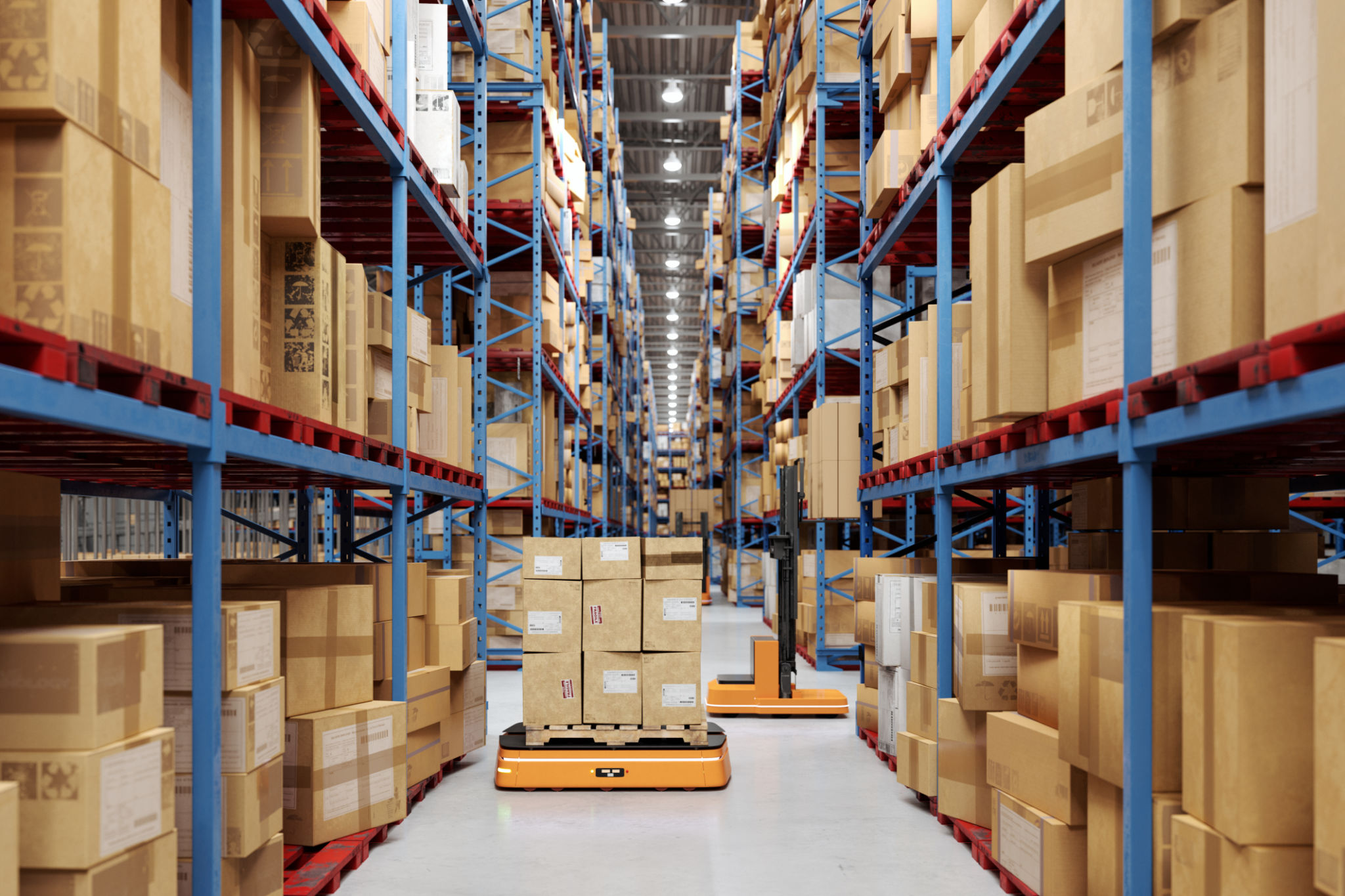Top Trends in Industrial Warehouse Design and Construction
Embracing Sustainability in Warehouse Design
One of the most significant trends in industrial warehouse design is the shift towards sustainability. Companies are increasingly aware of their environmental footprint and are taking steps to minimize it. This includes utilizing eco-friendly materials, integrating energy-efficient systems, and adopting renewable energy sources such as solar panels. These efforts not only help the environment but can also lead to cost savings over time.
Sustainable warehouses often incorporate features like rainwater harvesting systems and green roofs. These elements not only improve energy efficiency but also contribute to a company's overall sustainability goals. By focusing on these aspects, businesses can enhance their reputation as environmentally responsible entities.

Advanced Automation and Robotics
The integration of automation and robotics in warehouse operations is transforming the industry. Automated Guided Vehicles (AGVs) and robotics systems streamline processes, reduce human error, and improve efficiency. Warehouses are increasingly investing in these technologies to optimize inventory management and order fulfillment.
Advanced automation allows for real-time data collection and analysis, enabling more informed decision-making. This technological shift is crucial for businesses aiming to stay competitive in a rapidly evolving market. As a result, more warehouses are adopting smart technologies that facilitate seamless operation and enhanced productivity.

Enhanced Safety Features
With the rise of automation, safety remains a top priority in warehouse design. Modern warehouses are equipped with state-of-the-art safety features to protect workers and equipment. These include advanced fire suppression systems, improved ventilation, and intelligent lighting systems that adjust according to occupancy and natural light levels.
Moreover, safety protocols are being integrated with technology to create safer working environments. For example, wearable devices can monitor workers' health and provide alerts in case of potential hazards. These innovations not only safeguard personnel but also ensure compliance with regulatory standards.

Flexible and Scalable Spaces
Today's warehouses need to be adaptable to changing business needs. Flexibility in design allows facilities to accommodate different types of inventory and varying storage requirements. This trend is driven by the rise of e-commerce, which has increased the demand for dynamic warehousing solutions.
Scalable spaces are designed with modular components that can be easily reconfigured or expanded. This adaptability is crucial for businesses that experience seasonal fluctuations or rapid growth. By creating versatile spaces, companies can better manage resources and optimize their logistics strategies.

Integration of Smart Technologies
The integration of smart technologies is another trend reshaping industrial warehouse design. The Internet of Things (IoT), artificial intelligence, and machine learning are being utilized to enhance operational efficiency. These technologies provide valuable insights into inventory management, track shipments in real-time, and predict maintenance needs.
By leveraging smart technologies, warehouses can achieve greater operational transparency and efficiency. This technological integration enables more precise forecasting and inventory management, ultimately leading to improved customer satisfaction and reduced operational costs.
